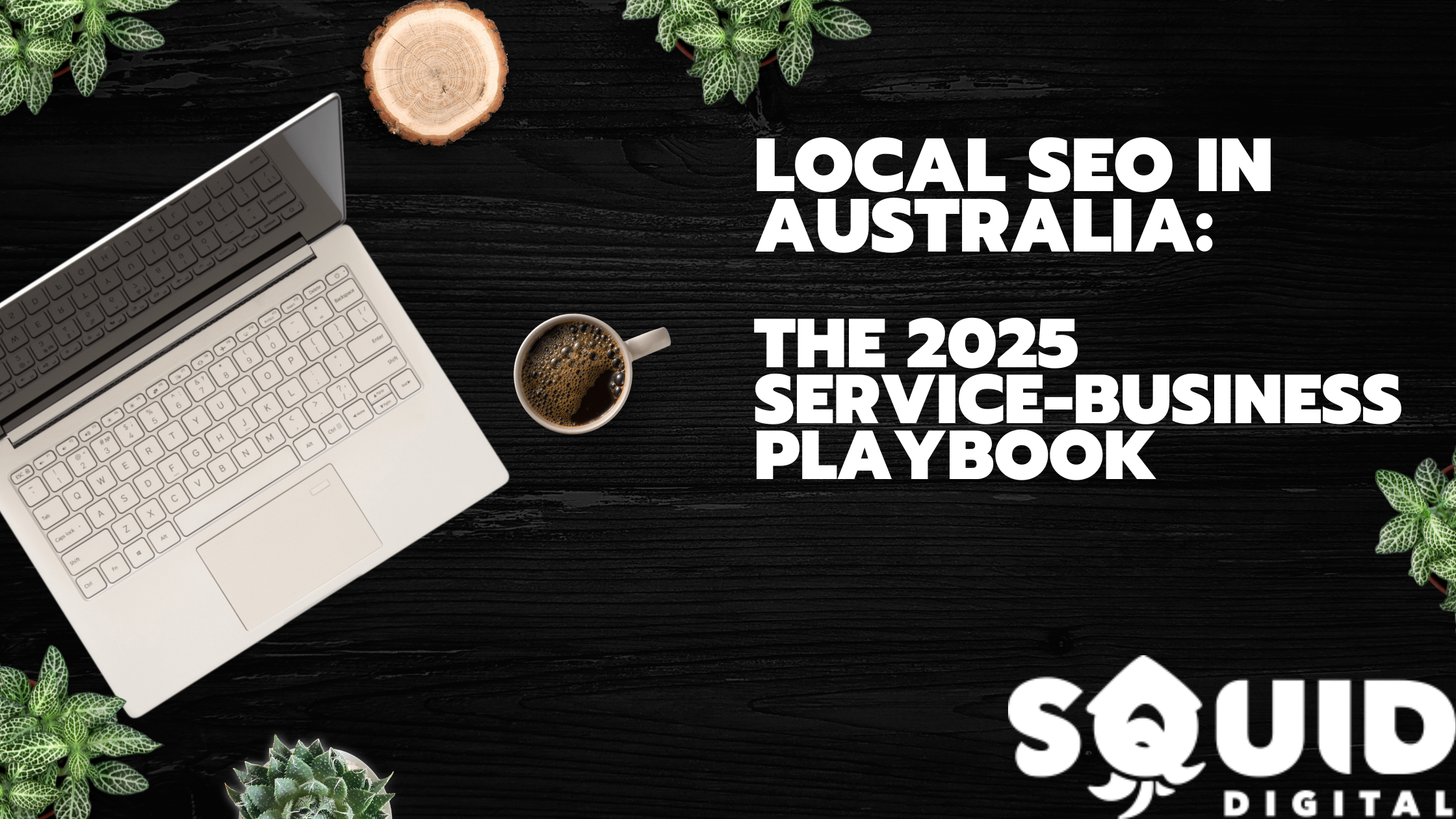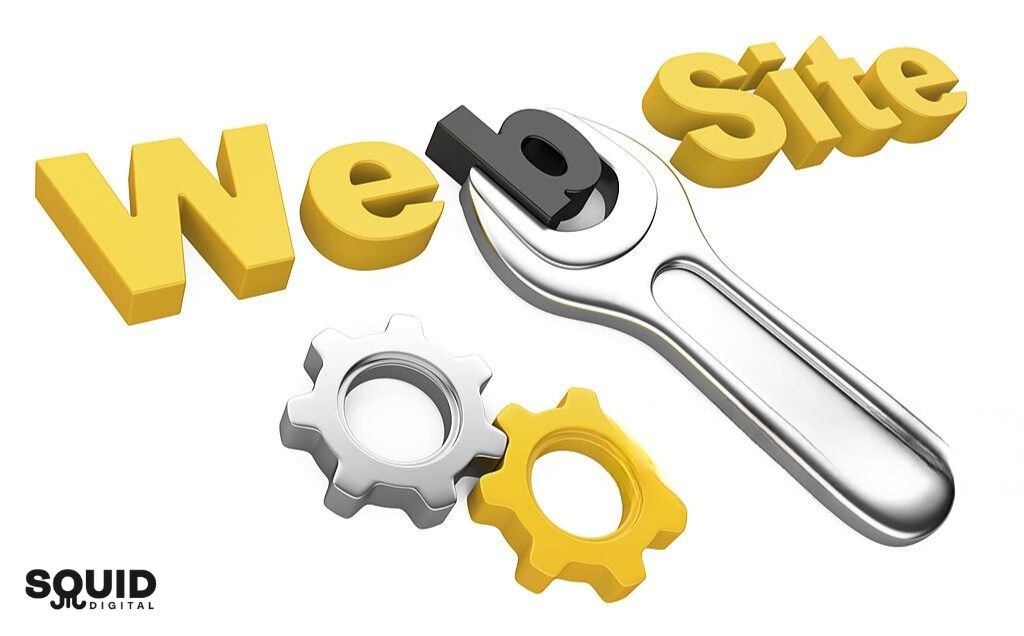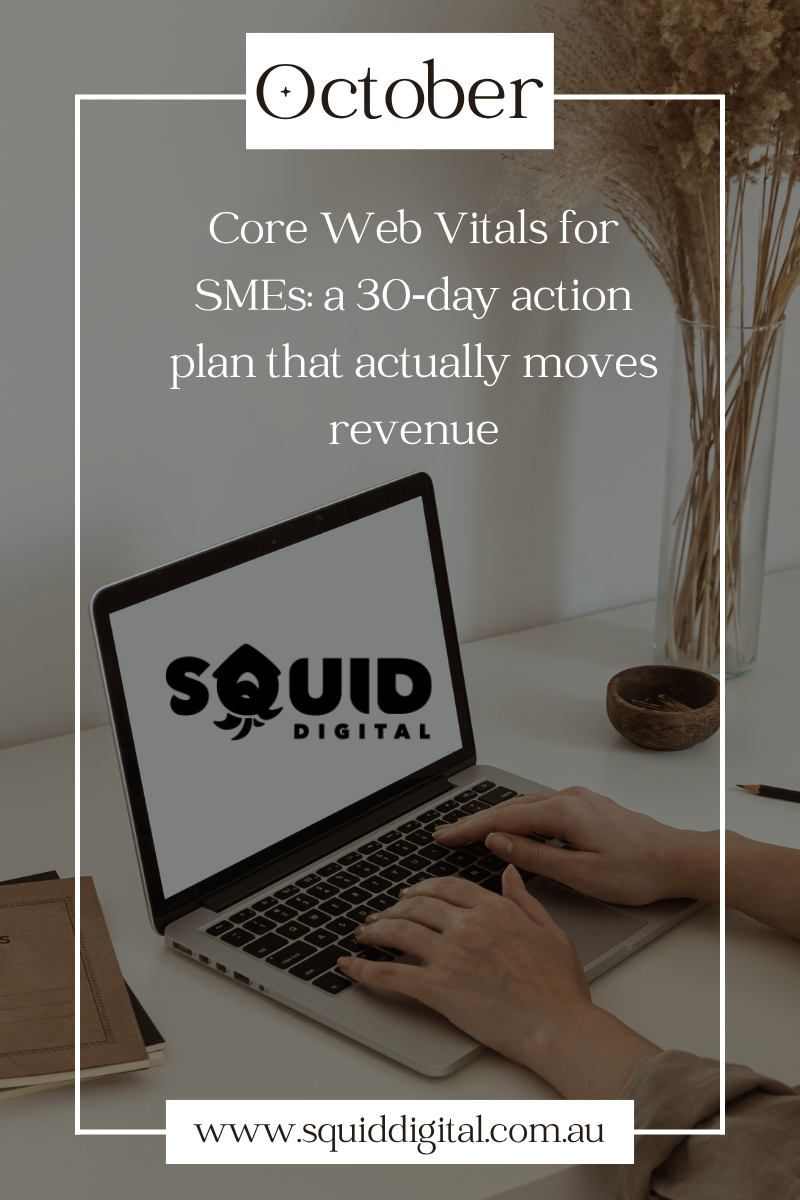
Local SEO in Australia: the 2025 service‑business playbook
Local search has become the default discovery path for service businesses across Australia—from plumbers in Parramatta to accountants in Adelaide. If you appear, you get the enquiry. If you don’t, you donate clicks to competitors. This playbook focuses on the few levers that reliably move the map pack and drive calls.
Step 1: Nail your Google Business Profile (GBP)
-
Primary category accuracy (e.g., “Plumber”, not “Home Services”).
-
Service area set to realistic coverage; avoid nationwide wish‑listing.
-
Hours, phone, appointment link complete; use call tracking if needed.
-
Products/Services with prices or ranges; add photos monthly.
-
Q&A pre‑seeded with real questions and answers.
Step 2: Build location + service relevance on your site
-
Hub and spoke model. Create concise service hubs (e.g., /plumbing) with spoke pages for sub‑services (e.g., /plumbing/hot‑water).
-
Location landing pages. Only create where you have genuine presence and proof (photos, team, reviews).
-
NAP consistency. Name, address, phone must match across site and citations.
-
Schema. Use LocalBusiness markup with service areas if applicable.
Step 3: Reviews that compound
-
Ask every happy customer. Build a simple “review after job” ritual.
-
Respond publicly. Show you value feedback.
-
Use keywords naturally. Encourage customers to mention service + suburb (organically).
-
Diversify. Capture reviews on GBP, Facebook, and industry directories.
Step 4: Citations and foundational links
-
Australian directories (True Local, Yellow Pages, Hotfrog, StartLocal).
-
Chambers and associations (Business NSW, industry bodies).
-
Local sponsorships (junior sport clubs, community events) with a backlink.
-
Supplier/partner pages that list certified installers/resellers.
Step 5: Content that answers commercial intent
-
Service FAQs (pricing, inclusions, timelines).
-
“Best of” comparisons (e.g., hot water system types) with pros/cons.
-
Case stories with suburb names, photos and outcomes.
-
Process pages that remove friction before someone calls.
Step 6: Track what matters
-
Leads (calls, forms, chat) not just traffic.
-
Rank tracking for target suburbs + mobile.
-
GBP insights (calls, messages, direction requests).
-
Conversion rate by landing page to spot winners.
Pitfalls: Fake locations, thin suburb pages, buying reviews, and keyword‑stuffed business names risk suspensions and make trust harder.
Need a local SEO sprint for the next quarter? Ask for our suburb‑by‑suburb plan template.








